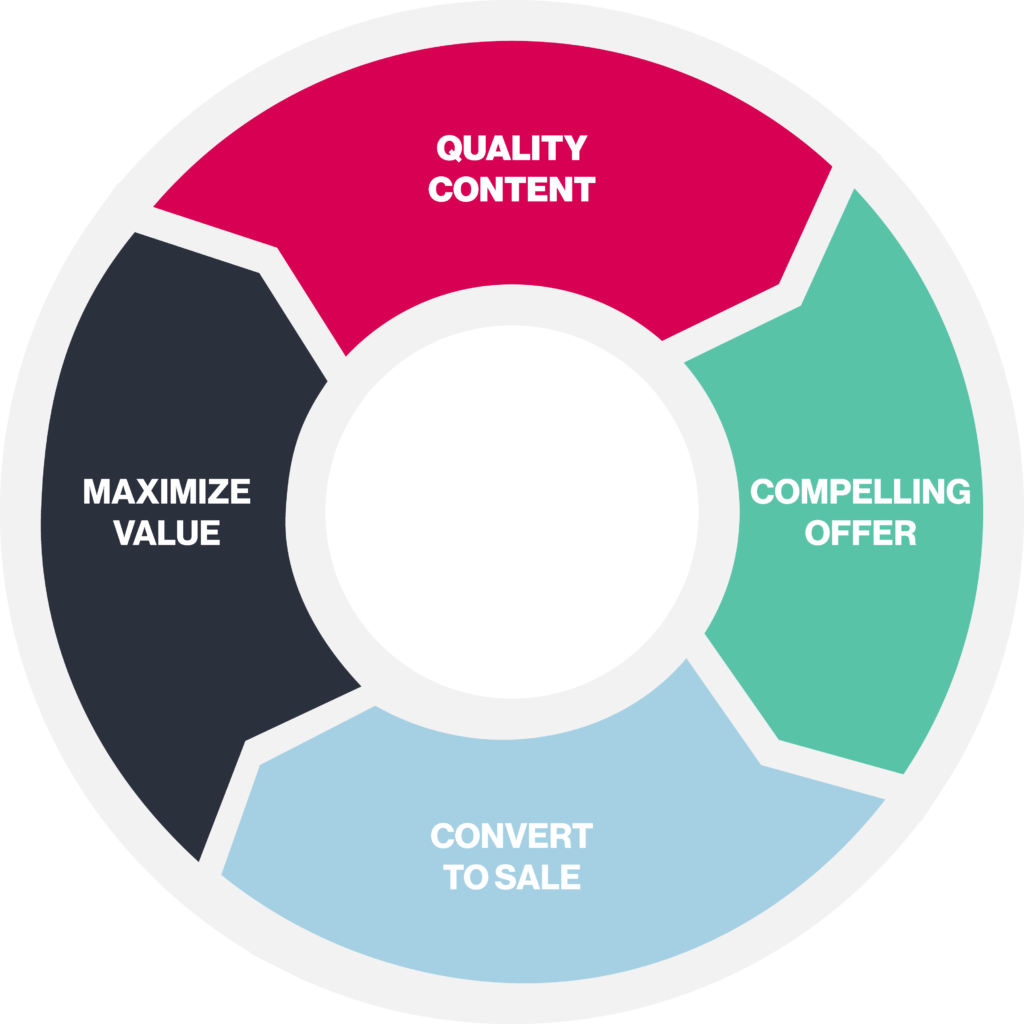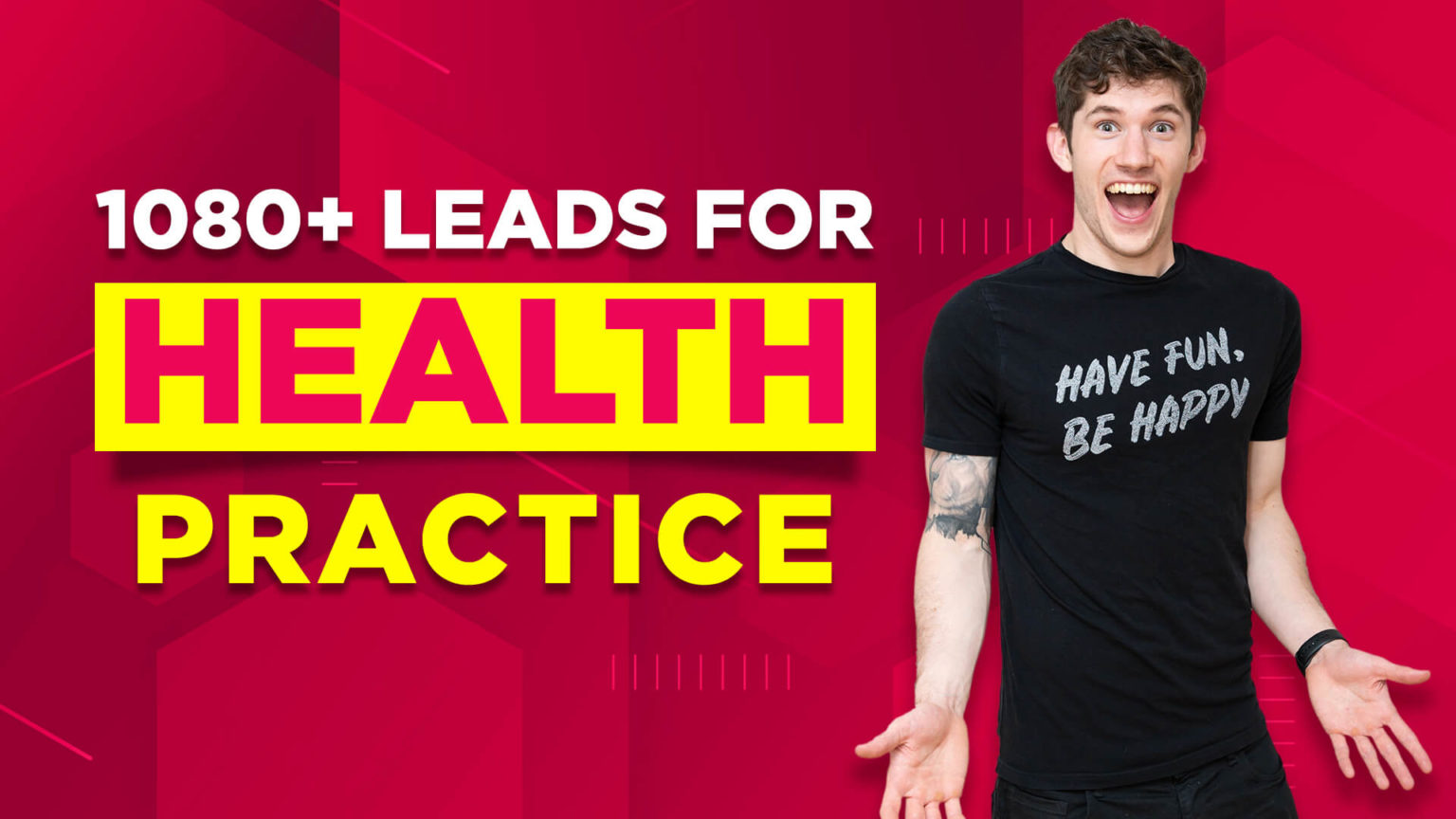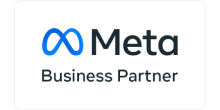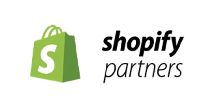One of the niches Yatter specialises in is lead generation for health & fitness businesses.
We’ve worked with countless chiropractors, regenerative medicine centres and other health practices to completely transform their online marketing.
In one of our latest client campaigns, we generated over 1,000 quality leads for a regenerative medicine centre in just 9 months, using our Yatter Wheel methodology.
In this case study, I’m going to share our process; demonstrating what we did and how we were able to generate so many leads in such a short space of time.
So if you’re looking to attract new leads and/or patients, look no further.
Health Practice Lead Generation
This particular client came to us having been burned by previous advertising agencies (standard!).
They wanted to generate more high-quality leads, and not just any old person signing up for free services.
We presented them with a process of qualitative filtering that ensured that each lead was more likely to convert. We used the Yatter Wheel method to capture them, and a range of qualifying fields within their capture form to ensure a decent return on the lead follow-up process.
We’re going to talk you through our campaign process so that you can improve the quality of the leads that you get as well.
What is the Yatter Wheel?
A funnel simply describes how we turn strangers into customers.
For a business to scale, we need to be able to acquire customers at a profit.
Our job as lead generation experts is to help our clients do just that.
And because we’ve done it so much, we’ve created our own system: The Yatter Wheel.
The Yatter Wheel is the system we implement for all our clients. It’s been developed over years and through millions of dollars in testing.

Converting Strangers
If you create an ad that says “buy my stuff” (literally or figuratively), you’re unlikely to get results.
Nobody’s going to invest in something that they don’t know very much about. Especially when we’re talking about a niche (and expensive) service like stem cell therapy.
You might have the most incredible, life-changing service. You might have the most incredible case studies and testimonials. But if someone doesn’t know who you are (ie, when they first see your ad), they will not hand over cash straight away.
The Yatter Wheel uses human psychology to warm strangers up until they’re ready to buy.
There are three stages to our method:
- Content – create (preferably) video content that builds brand & trust in your local area
- Offer – create a compelling offer that your audience can’t resist
- Conversion – nurture the leads until they buy
Our Project Target
For this project, we worked on the basis of:
GOAL = HIGH-QUALITY LEADS @ $50 Cost Per Lead (CPL)
How We Implemented the Yatter Wheel
The customer hadn’t previously used video as a marketing tool, so before we launched any campaigns or ads, we worked with them to create video content that we knew would work.
We do this with all our clients. It’s more than just lead gen.
We helped them create a small portfolio of videos of 60-90 seconds in duration, using our framework:
- Hook – we try to catch their attention. The average watch time of any video on Facebook is just six seconds, so it’s imperative that we use those six seconds wisely.
- Story – this is to get people to buy-in to the offer before we get there.
- Offer – we hit them with the deal.
We considered the questions and problems of people in the local area.
What questions do they have? What problems are they facing?
And we used those questions as the basis of our content.
This is the first step.
Amplify the Video Through Facebook
Then, we amplified the videos through Facebook ads. We targeted people in the local area using Facebook’s super-specific demographic targeting. That, plus a combination of lookalike audiences.
Because the videos we created were so valuable, we got video views for just $0.01.
So, we’d started to amass an audience of thousands of local people who were viewing the video content – providing entertaining, useful information about stem-cell therapy.
This positions the brand as an expert; drowning out their competition.
The Offer
Once someone has watched our videos, we hit them with an offer.
And we do this using Facebook retargeting.
The sole purpose of the offer stage is to bring someone deeper into our funnel. To start a conversation.
You can do this in many different ways, such as: webinars, seminars or challenges. But because we get such good results with the video content, when implementing the wheel, we will typically go straight to consult. (marketed as something a little sexier than a free consultation!).
The platform we chose to create a simple two-step funnel was ClickFunnels.
Health Practice Marketing Funnel
Our landing page contained super targeted and compelling copy that accentuated the benefits of stem-cell therapies, including who it helps, how it helps, etc.
Our capture form included the following fields:
- Name
- Contact number
- Email address
- Best time to call
Finding out the best time to call is an excellent way of making sure that your lead follow-up activity is useful and effective – not annoying.
Qualifying Questions
We also asked a range of qualifying questions to make sure that the lead follow-up activity would be:
- Appropriate
- Targeted at the individual
But:
The more things you ask on the form, the fewer people who are going to fill it out.
Stick with it: there’s a method to this madness.
We’re all about creating high-quality leads, here. We’re not interested in follow-up activity that is unlikely to result in a conversion… like most agencies.
Limit the number of leads you get by filtering out the browsers and focusing on the people who are more likely to buy from you. This is the path to high-quality leads for your sales team to follow-up.
You could start with a very basic form to get the ball rolling.
But if you find that those leads are not converting, add some qualifying questions to filter out the browsers and concentrate on the serious customers.
It’s all about finding the balance between quality and quantity.
The Thank You Page
On the confirmation page, we always include a video.
The purpose of that video is to continue building a relationship with the prospect, so when we follow up, they know who we are.
We also tell them what to expect next.
The thank-you page is a perfect opportunity to improve the follow-up rate. It can be easy to generate leads, but often harder to get those leads on the phone.
Through this process of filtering leads at the funnel stage and personalising the Thank You page, we managed to generate over one thousand high-quality leads for our client.
The Campaign Target
As we mentioned earlier, the target CLP was $50.
In our campaign, we gathered 1080 leads over nine months.
We spent $27,000.
This brought the CLP to $25.03 – almost half of the CPL target.
But:
To get a read handle on the success of the campaign, we have to ascertain how many of those high-quality leads actually became paying customers.
The Follow-Up
We generated our leads through our landing page/thank you page funnel.
And then we phoned them.
We tried them up to three times. If, at that stage, we couldn’t get in contact with them, we launched the lead into an email sequence.
And that sequence continued until we could get the lead through the doors of the clinic for a consultation.
This particular client used HubSpot to track their email activity. You might use MailChimp, Active Campaigns – whatever; they all do primarily the same thing.
The purpose of the call is to convert. The email sequence is to nurture the lead into a phone call.
The lead might have taken time to watch our video, then made the next step by entering our funnel and booking a consultation. But not every lead is going to convert straight away – some will need a little time – and that’s what we can provide with our email sequence.
So, think about the immediate results by all means, but you can’t overlook the slow-burn conversion. Some people might take a couple of years until they’re ready. They’re still a valuable lead nonetheless.
The Campaign numbers
The conversion part happens via Facebook.
We create our marketing activities ON Facebook. But everything that follows is about getting the lead away from Facebook and into our funnel.
With Facebook, you don’t control the platform. But with your dedicated sales funnel, you’re in complete control.
And if you have the Facebook Pixel installed, you can track your conversions.
So, just to reiterate, our target was:
GOAL = HIGH-QUALITY LEADS @ $50 CPL.
We had:
LEADS = 1080 (and counting…)
CPL = $25.03
Our overall spend (over a nine-month) period was $27,000.
Cost Per Acquisition
The Lead to Sale conversion was around 9-10%. For ease of calculation and explanation, we’ll go with 10% because it’s a simple figure to work with.
We’ll round things up and down just for ease as well.
Our Cost Per Acquisition (CPA) per customer was $250 (effectively $25.03 x 10).
In this case, the lifetime value (LTV) of each customer is $4000.
That means, we spent $27,000 and generated ~$430,000 in revenue.
A pretty nice ROI…
What Next?
This customer was happy with this ROI, and they wanted us to do more for them.
So, we go back to our model – and spend more money by creating more videos, generating more offers, and – based on our previous success rate – gain more conversions.
And we’re following this process with hundreds of our clients all around the world.
It works every single time.
Are you going to try?
Get started with Yatter
We produce content to help you maximise your digital marketing endeavors through on our blog.
As Facebook Marketing Partners, we’re best placed to share all the latest on how to maximise the ROI on your Facebook ads.
If you’d like us to implement our advertising systems for your business, get in touch today.
Thanks for reading.






